

— Blogs —
—Products—
 Consumer hotline +8618073152920
Consumer hotline +8618073152920 WhatsApp:+8615367865107
Address:Room 102, District D, Houhu Industrial Park, Yuelu District, Changsha City, Hunan Province, China
Product knowledge
Time:2025-10-29 15:56:47 Popularity:285
Water resources are the lifeblood of agricultural production, industrial operations, and urban life. With the intensification of global climate change, urbanization, and water usage pressures, achieving precise and conservation-oriented water resource management has become a common focus for countries worldwide.
Traditional manual inspections and mechanical pointer gauges can no longer meet the current demands for real-time monitoring, automation, and remote management. Intelligent water tank level indicators are emerging as the key technology to solve this problem.
They measure water levels through sensors, digitize and network the data, allowing users to monitor storage conditions in real-time via computers or mobile phones, preventing overflows, shortages, or dry running of equipment.
Whether in rural irrigation systems, factory circulating water systems, or urban water supply networks, level monitoring is shifting from "passive response" to "proactive management."
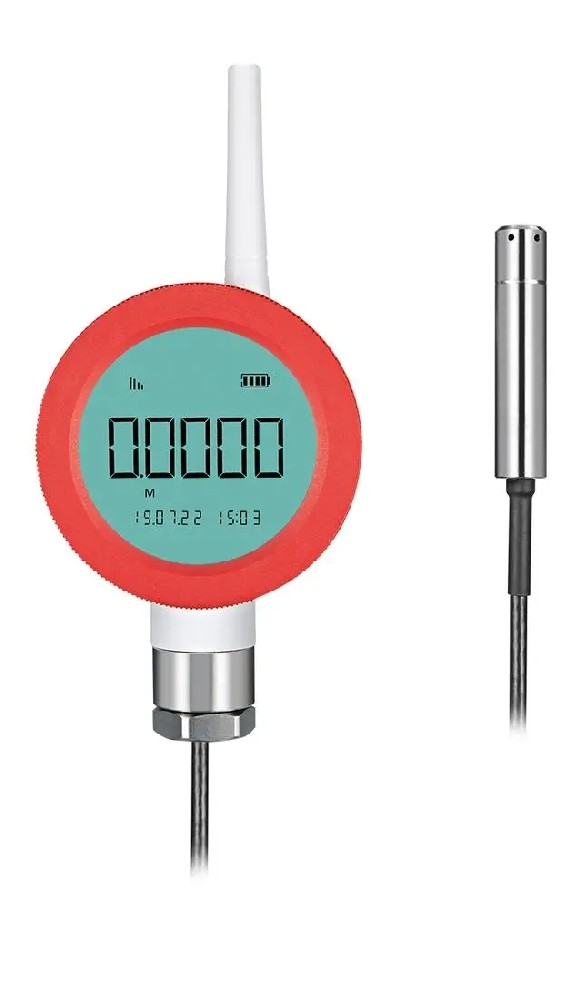
The core of a water tank level indicator is the sensor. It senses changes in liquid levels and converts physical signals (such as pressure, distance, buoyancy, etc.) into electrical signals, which are then presented through display instruments or cloud platforms. Common types include:
Principle: Emits ultrasonic signals and calculates the liquid level height by measuring the echo time.
Advantages:
- Non-contact measurement, avoiding corrosion and contamination.
- High accuracy, up to ±1 cm.
- Simple installation and maintenance, suitable for clean water, rainwater, sewage, and other environments.
Typical Applications: Agricultural irrigation pools, urban water storage towers, building secondary water supply tanks.
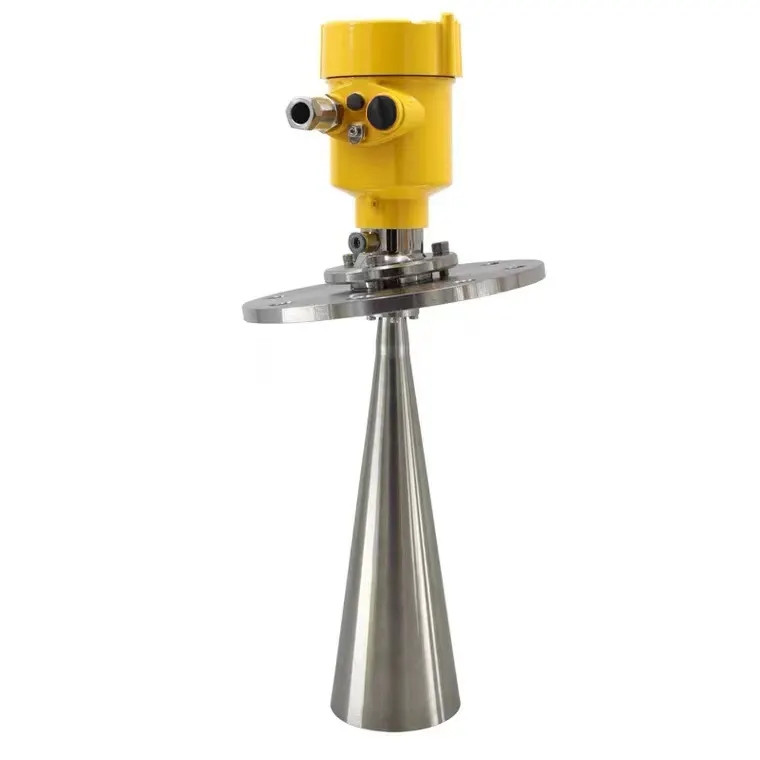
Principle: Calculates the liquid level height by measuring the pressure of the water column.
Advantages:
- Strong anti-interference capability, unaffected by foam or steam.
- Accuracy up to ±0.5%.
- Low cost, suitable for enclosed or underground water tanks.
Typical Applications: Industrial circulating cooling water, underground storage tanks, fire water tanks.
Principle: Uses a float that rises and falls with the liquid level to actuate a reed switch or potentiometer.
Advantages:
- Simple structure, durable and reliable.
- Low cost, suitable for most conventional storage scenarios.
Typical Applications: Rural water storage pools, factory wastewater treatment pools, building water supply tanks.
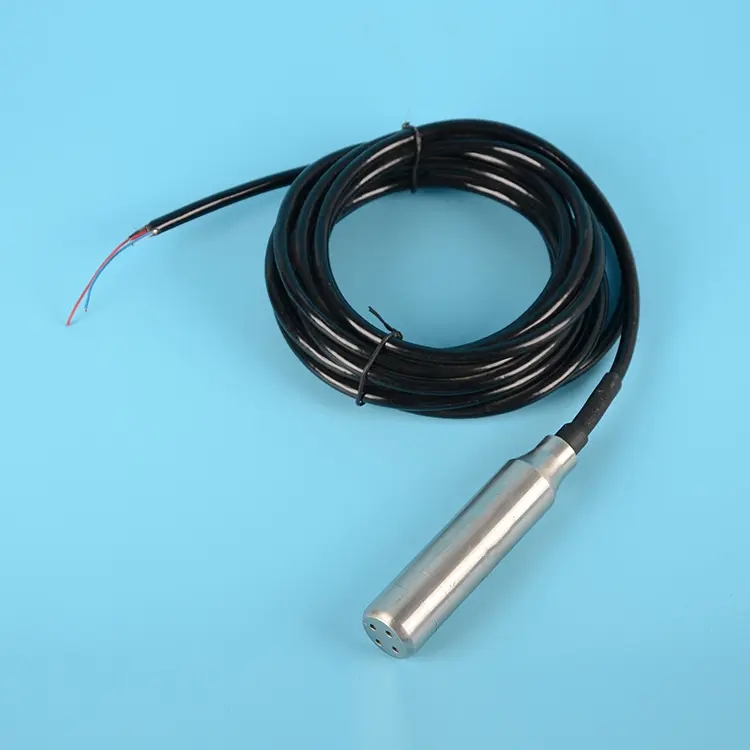
In the past, most level instruments used analog scales or pointer displays, requiring manual reading. Today, the integration of digital and IoT systems makes data "come alive":
| Type | Features | Advantages |
| Analog Display | Pointer or dial-scale display | Low cost, suitable for on-site viewing |
| Digital Display | LCD/LED digital screen display | High accuracy, expandable communication functions |
| IoT Remote Display | Cloud/ mobile app monitoring | Real-time remote viewing, multi-point centralized management |
In modern water management, digital and IoT systems are gradually replacing traditional analog instruments, making water level monitoring more intelligent and transparent.
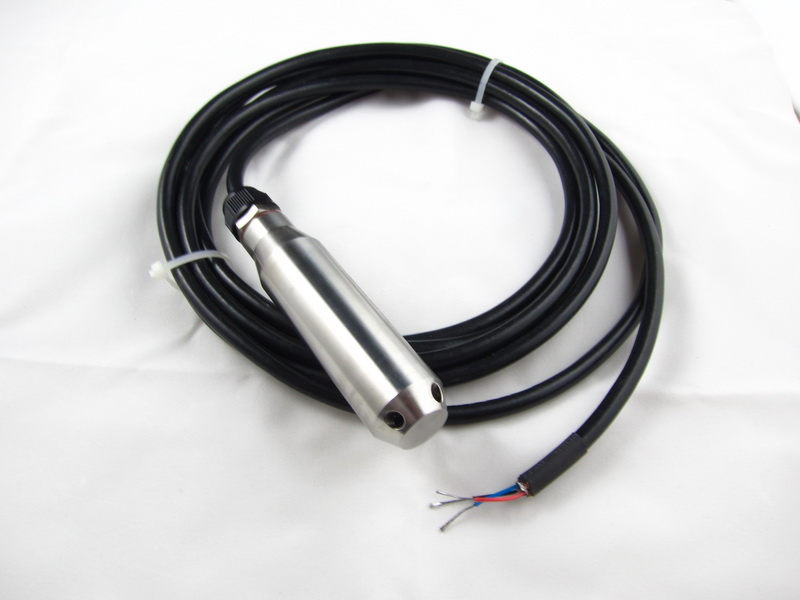
The Niubol IoT water level monitoring system uses ultrasonic or hydrostatic pressure sensors, combined with LoRa, NB-IoT, and 4G communication technologies, to achieve integrated management from data acquisition, wireless transmission, to cloud analysis.
- Real-Time Monitoring: View water tank levels, temperature, flow, and other data anytime.
- Automatic Alarms: Automatically push notifications to phones or computers for abnormal water levels.
- Intelligent Control: Linkage with pumps and valves for automatic start/stop.
- Data Analysis: Provides water usage curves, monthly statistics, and trend predictions.
- Solar Power Supply: Suitable for independent operation in remote or powerless areas.
Through the Niubol cloud platform, users can achieve centralized management of multiple sites, such as simultaneously monitoring water tanks in multiple irrigation areas, factory zones, or buildings.
Local farms previously relied on manual inspections of pool water levels, often leading to drying out or overflows.
After adopting the Niubol ultrasonic IoT level system, farmers can view water tank status in real-time on their phones, with the system automatically controlling pump start/stop based on set levels.
Results:
- Irrigation efficiency increased by 35%;
- Annual pumping electricity costs decreased by 30%;
- Water waste reduced by 40%.
A chemical factory uses Niubol hydrostatic pressure level sensors combined with a cloud-based automatic alarm system.
When the water tank level falls below the set value, it automatically replenishes water; when the level is too high, it automatically closes the valve.
Results:
- Equipment continuous operation rate improved by 20%;
- Downtime incidents significantly reduced;
- Operation and maintenance costs decreased by about 15%.
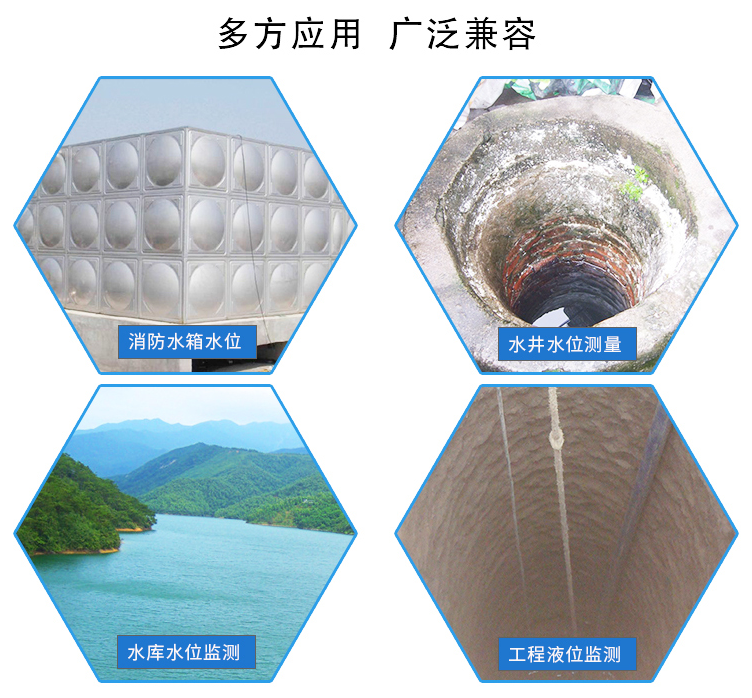
Ultrasonic sensors achieve ±1 cm accuracy, while hydrostatic pressure types reach ±0.5%.
Yes, the Niubol system supports solar + lithium battery for independent operation, suitable for areas without electricity.
Yes, special models with Teflon encapsulation or stainless steel probes are available, supporting acidic/alkaline liquids and high-temperature media.
The Niubol cloud platform supports multi-point centralized monitoring and hierarchical permission management, ideal for large agricultural parks or industrial groups.
Yes, it supports integration via API with third-party platforms, SCADA systems, or custom databases.
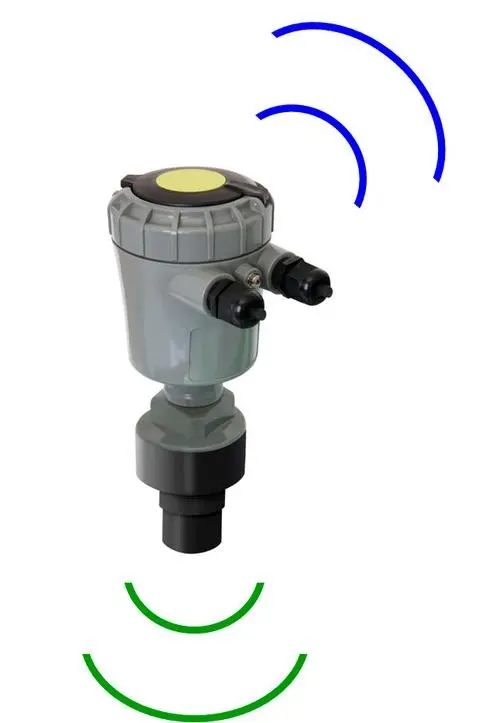
As an expert in smart agriculture and industrial IoT monitoring, Niubol has long focused on the research, development, and manufacturing of water level, meteorological, and environmental monitoring systems.
We provide full-stack solutions from sensors, data acquisition terminals, wireless communication modules, to cloud platforms.
Core Advantages of Niubol Systems:
- Industrial-grade accuracy and durability (IP68 protection, wide-temperature design)
- Modular structure for easy maintenance and expansion
- Support for global communication bands and multi-language interfaces
- Cloud data encryption and remote firmware upgrades
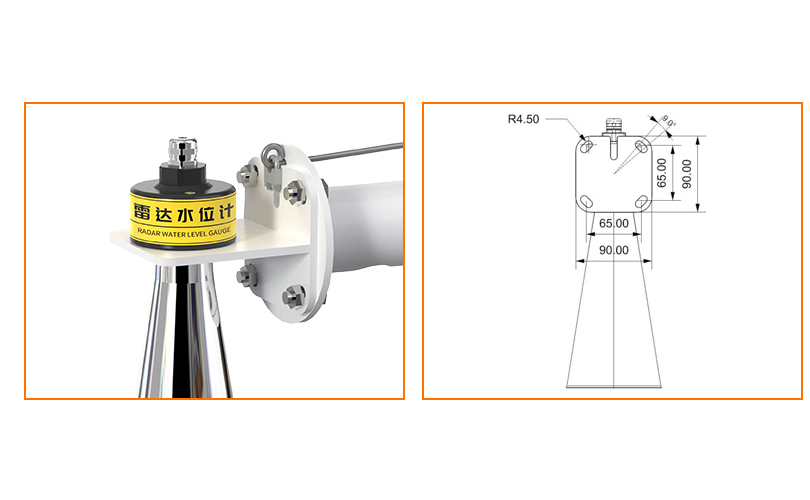
With the development of IoT and data intelligence, level monitoring is no longer just "measuring how much water there is," but enabling water systems to "think for themselves."
The upgrade of water tank level indicators signifies a shift from passive monitoring to proactive regulation, from local display to global networking, and from single-point devices to system-level optimization.
Niubol's intelligent level solutions are helping customers worldwide achieve:
- Precise water level management;
- Energy savings, cost reduction, and maintenance optimization;
- Continuous, safe, and reliable water supply systems.
Niubol — Empowering Intelligence to Control Every Drop of Water.
Prev:Evolution of Agrometeorological Stations Worldwide
Next:Water Detection Sensors for Leakage Monitoring and Smart Buildings
Related recommendations
Sensors & Weather Stations Catalog
Agriculture Sensors and Weather Stations Catalog-NiuBoL.pdf
Weather Stations Catalog-NiuBoL.pdf
Related products
 Combined air temperature and relative humidity sensor
Combined air temperature and relative humidity sensor Soil Moisture Temperature sensor for irrigation
Soil Moisture Temperature sensor for irrigation Soil pH sensor RS485 soil Testing instrument soil ph meter for agriculture
Soil pH sensor RS485 soil Testing instrument soil ph meter for agriculture Wind Speed sensor Output Modbus/RS485/Analog/0-5V/4-20mA
Wind Speed sensor Output Modbus/RS485/Analog/0-5V/4-20mA Tipping bucket rain gauge for weather monitoring auto rainfall sensor RS485/Outdoor/stainless steel
Tipping bucket rain gauge for weather monitoring auto rainfall sensor RS485/Outdoor/stainless steel Pyranometer Solar Radiation Sensor 4-20mA/RS485
Pyranometer Solar Radiation Sensor 4-20mA/RS485
Screenshot, WhatsApp to identify the QR code
WhatsApp number:+8615367865107
(Click on WhatsApp to copy and add friends)
